Get the latest international news and world events from around the world.
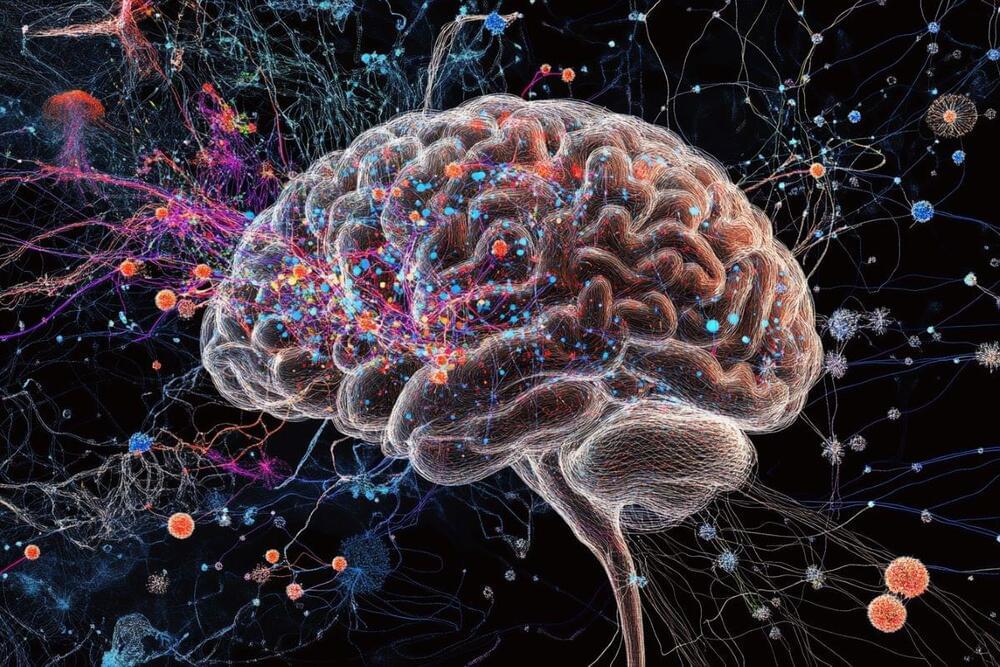
Brain Connectivity Patterns Link Vascular Disease to Cognitive Decline
Source: NUS
Researchers have uncovered novel insights into how brain function disruptions related to cerebrovascular disease (CeVD) interact with Alzheimer’s disease (AD) pathology to impact neurodegeneration and cognition in older adults.
Led by Associate Professor Juan Helen Zhou, Director of the Centre for Translational Magnetic Resonance Research, Yong Loo Lin School of Medicine, National University of Singapore (NUS Medicine), the research team revealed a brain functional connectome phenotype that is related to multiple CeVD markers and contributes additively to cognitive decline and neurodegeneration alongside AD.
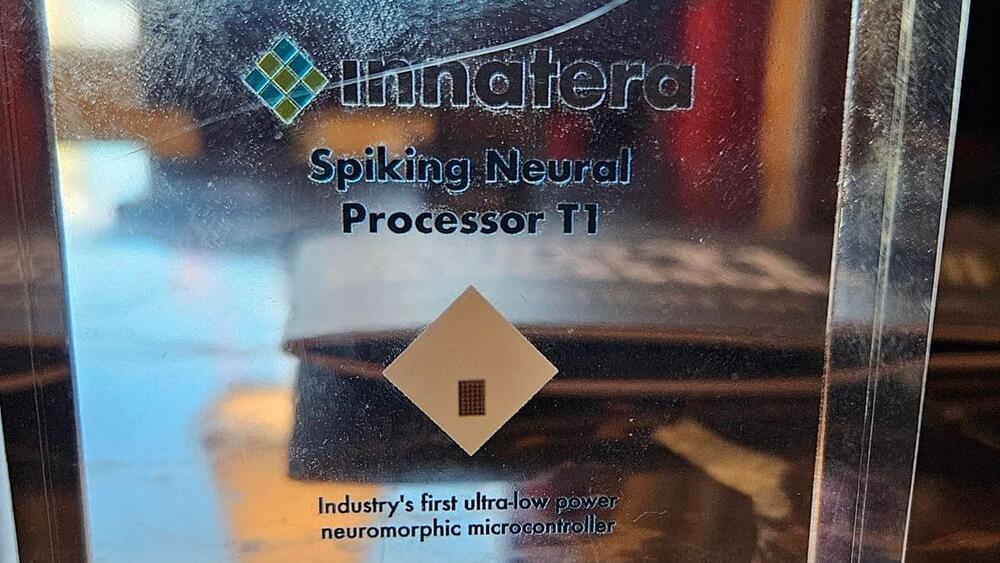
Tiny AI chip modeled on the human brain set to boost battery life in smart devices — with lifespan in some rising up to 6 times
But the Spiking Neural Processor T1 should drastically slash the power consumption of future smart devices.
It works by analyzing sensor data in real time to identify patterns and potentially clean up the data coming out of the sensors — and no internet connection would be required.
The device is a neuromorphic processor — meaning its architecture is arranged to mimic the brain’s pattern-recognition mechanisms. To draw an analogy, when you sense something — whether it’s a smell or a sound — different collections of neurons fire to identify it.
Gluconeogenesis: Welcome to EasyPeasy Learning!
In this video, we simplify gluconeogenesis, an essential metabolic pathway that helps your body maintain glucose levels during fasting or intense activity.
We’ll walk you through:
✔️ What gluconeogenesis is and why it’s important.
✔️ Key steps in the pathway.
✔️ Enzymes involved and their regulation.
✔️ How it ties into other metabolic processes.
Ready to make biochemistry easy? Watch now!
📄 Bonus for EasyPeasy Experts:
Get access to concise notes and practice quizzes on gluconeogenesis to solidify your understanding. Join our EasyPeasy Expert membership to unlock these exclusive resources!
Links for Glycolysis Videos:
• Cellular Respiration.
• Aerobic Respiration Part 1 (Glycolysis)
• Aerobic Respiration Part 2 (Pyruvate…
• Aerobic Respiration Part 4 (Electron…
🔔 Don’t forget to like, subscribe, and hit the bell icon to stay updated on more simple and engaging science lessons. Let’s make learning biology and chemistry easy-peasy!

Red Light Therapy May Reduce Deadly Blood Clots
Red light exposure may reduce blood clot risks, according to groundbreaking research. By lowering inflammation and platelet activity, it could prevent strokes, heart attacks, and more. Clinical trials are next.
The ability of released products of platelet activation to induce thrombosis-generating neutrophil extracellular trap formation was quantified. Subsequent thrombosis was measured using murine models of VT and stroke.
To translate our findings to human patients, light-filtering cataract patients were evaluated over an 8-year period for rate of venous thromboembolism with multivariable logistic regression clustered by hospital.
Exposure to long-wavelength red light resulted in reduced platelet aggregation and activation. RNA-seq analysis demonstrated no significant transcriptomic changes between micered and micewhite.
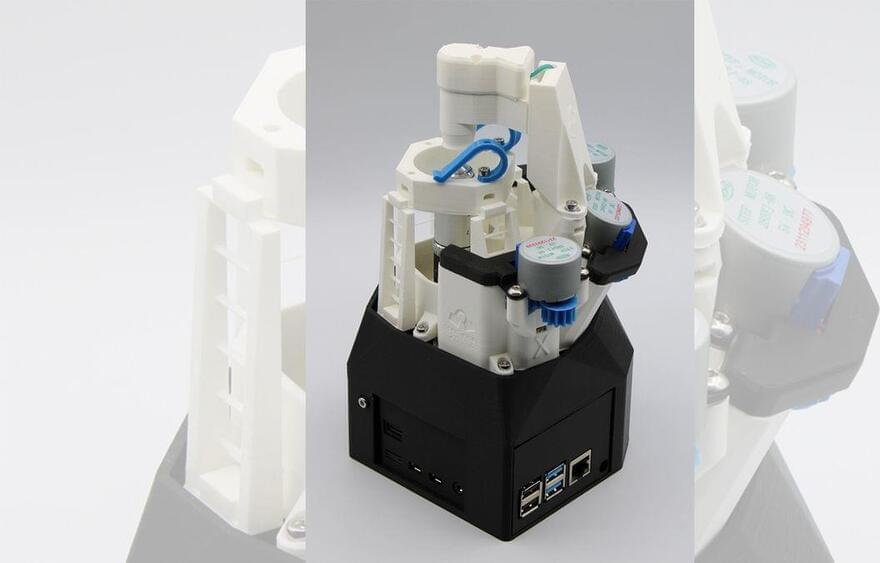

CoreWeave, a $19B AI compute provider, opens its first international data centers in the UK
CoreWeave, the cloud computing company that provides companies with AI compute resources, has formally opened its first two data centers in the U.K. — its first outside its domestic U.S. market.
CoreWeave opened its European headquarters in London last May, shortly after earning a $19 billion valuation off the back of a $1.1. billion fundraise. At the same time, the company announced plans to open two data centers as part of a £1 billion ($1.25 billion) investment in the U.K.
Today’s news coincides with a separate announcement from the U.K. government, which details a five-year investment plan to bolster government-owned AI computing capacity as well as geographic “AI Growth Zones,” which includes AI infrastructure from the private sector.

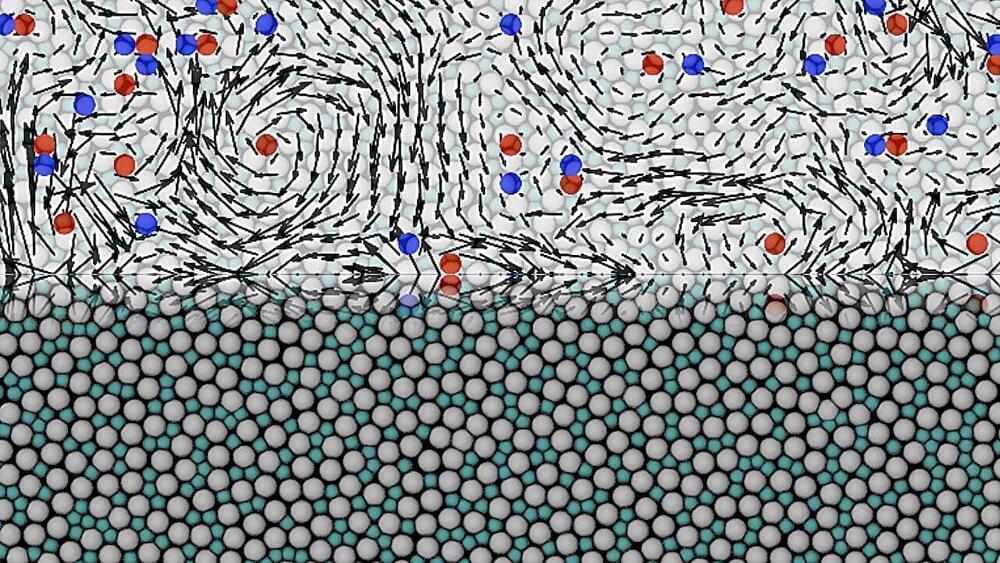
Physicists experimentally observe topological defects in glasses for the first time
The amorphous state of matter is the most abundant form of visible matter in the universe, and includes all structurally disordered systems, such as biological cells or essential materials like glass and polymers.
An amorphous material is a solid whose molecules and atoms form disordered structures, meaning that they do not occupy regular, well-defined positions in space.
This is the opposite of what happens in crystals, whose ordered structure facilitates their mathematical description, as well as the identification of those “defects,” which practically control the physical properties of crystals, such as their plastic yielding and melting, or the way an electric current propagates through them.
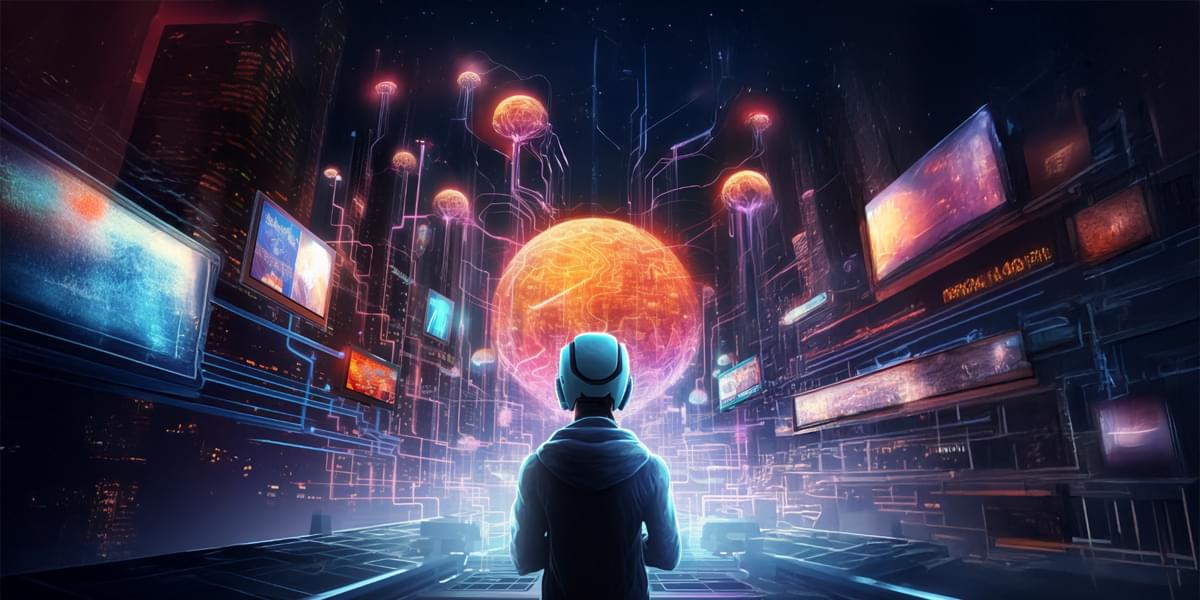
Technology Trends 2025: How Enterprises Can Prepare For Growth
The past year, 2024, witnessed an array of groundbreaking technological advancements that fundamentally reshaped industries and influenced the global economy. Technology trends like the development of Industry LLMs, Sustainable Computing, and the Augmented Workforce drove innovation, fostered efficiency, and accelerated the pace of Digital Transformation across sectors such as Healthcare, Finance, and Manufacturing. These developments set the stage for even more disruptive Technology Trends in 2025.
This year is set to bring transformative changes to the business landscape, driven by emerging trends that require enterprises to adopt the right technologies, reskill their workforce, and prioritize sustainability. By embracing these Technology Trends, businesses can shape their objectives, remain competitive, and build resilience. However, Success in this rapidly evolving landscape depends not just on adopting these technologies but also on strategically leveraging them to drive innovation and growth.